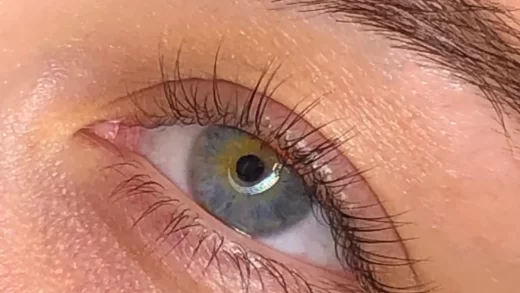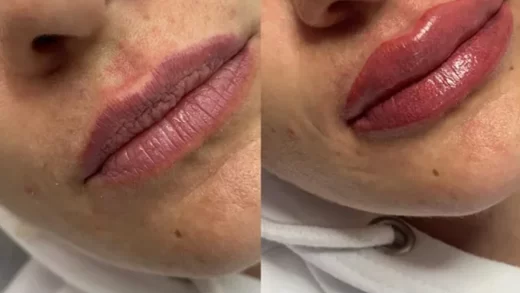Scars are a natural part of the healing process, but not all scars fade over time. Some scars can be permanent and remain visible for a lifetime. Understanding the different types of scars that don’t fade can help individuals manage and cope with their appearance.
Hypertrophic Scars
Hypertrophic scars are characterized by their elevated appearance. These scars are caused by an overproduction of collagen during the healing process. Unlike normal scars, hypertrophic scars do not fade over time and may even become more noticeable. They can be red, raised, and thick.
Keloid Scars
Keloid scars are similar to hypertrophic scars in that they are raised and thick. However, keloid scars extend beyond the boundaries of the original wound, making them even more visible. These scars can be itchy, painful, and may continue to grow over time. Keloid scars are more common in individuals with darker skin tones.
Atrophic Scars

Unlike hypertrophic and keloid scars, atrophic scars appear depressed or sunken into the skin. These scars are commonly seen in individuals with acne, as they are caused by the loss of underlying fat or tissue. Atrophic scars can be round or linear and may have a pitted or wavy appearance. Unfortunately, atrophic scars do not fade on their own and may require treatments such as laser therapy or dermal fillers to improve their appearance.
Contracture Scars
Contracture scars occur when the skin tightens and contracts during the healing process. These scars are often the result of burns and can restrict movement due to the tightening of underlying muscles and tissues. Contracture scars are typically permanent and do not fade over time. Treatment options for contracture scars may include surgery, physical therapy, or other specialized interventions.
While many scars tend to fade over time, there are types of scars that remain visible and don’t fade. Hypertrophic scars, keloid scars, atrophic scars, and contracture scars are examples of scars that are often permanent. Understanding the characteristics and features of these scars can help individuals seek appropriate treatment options to manage their appearance and improve their self-confidence.


